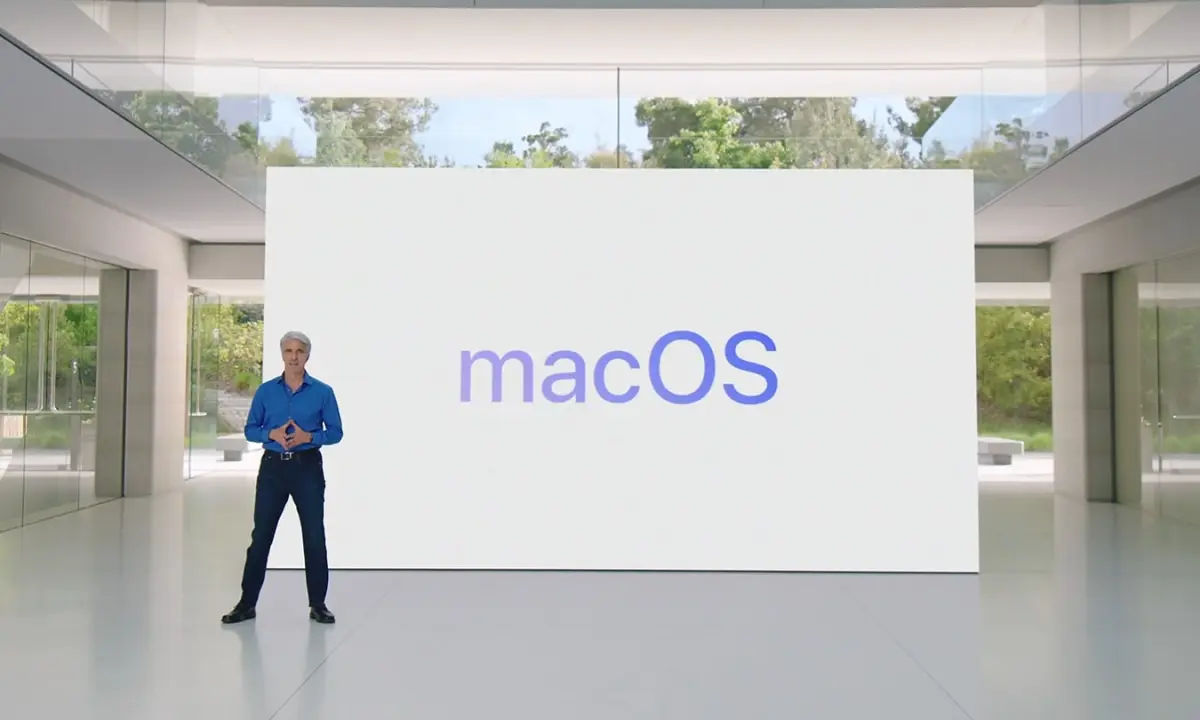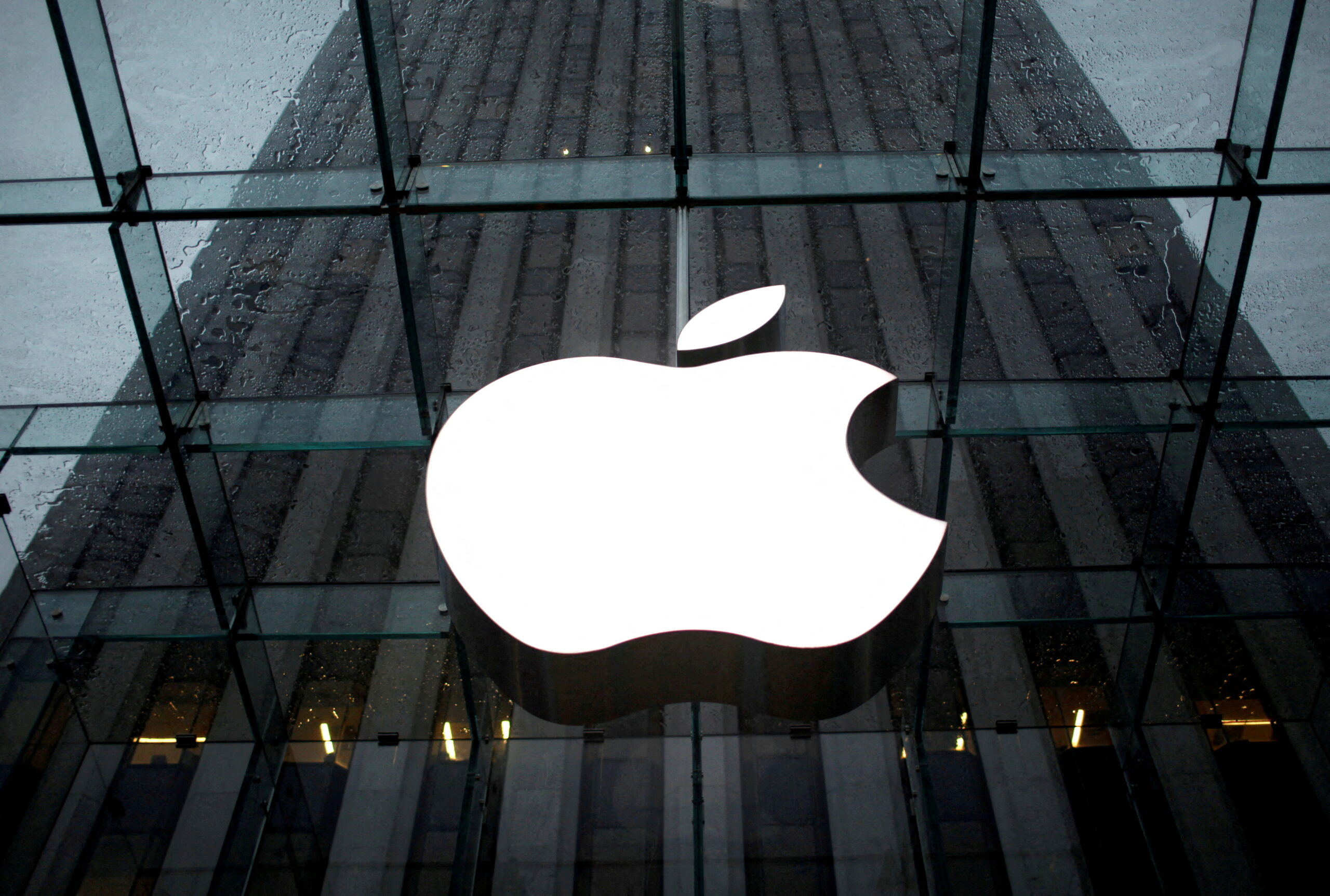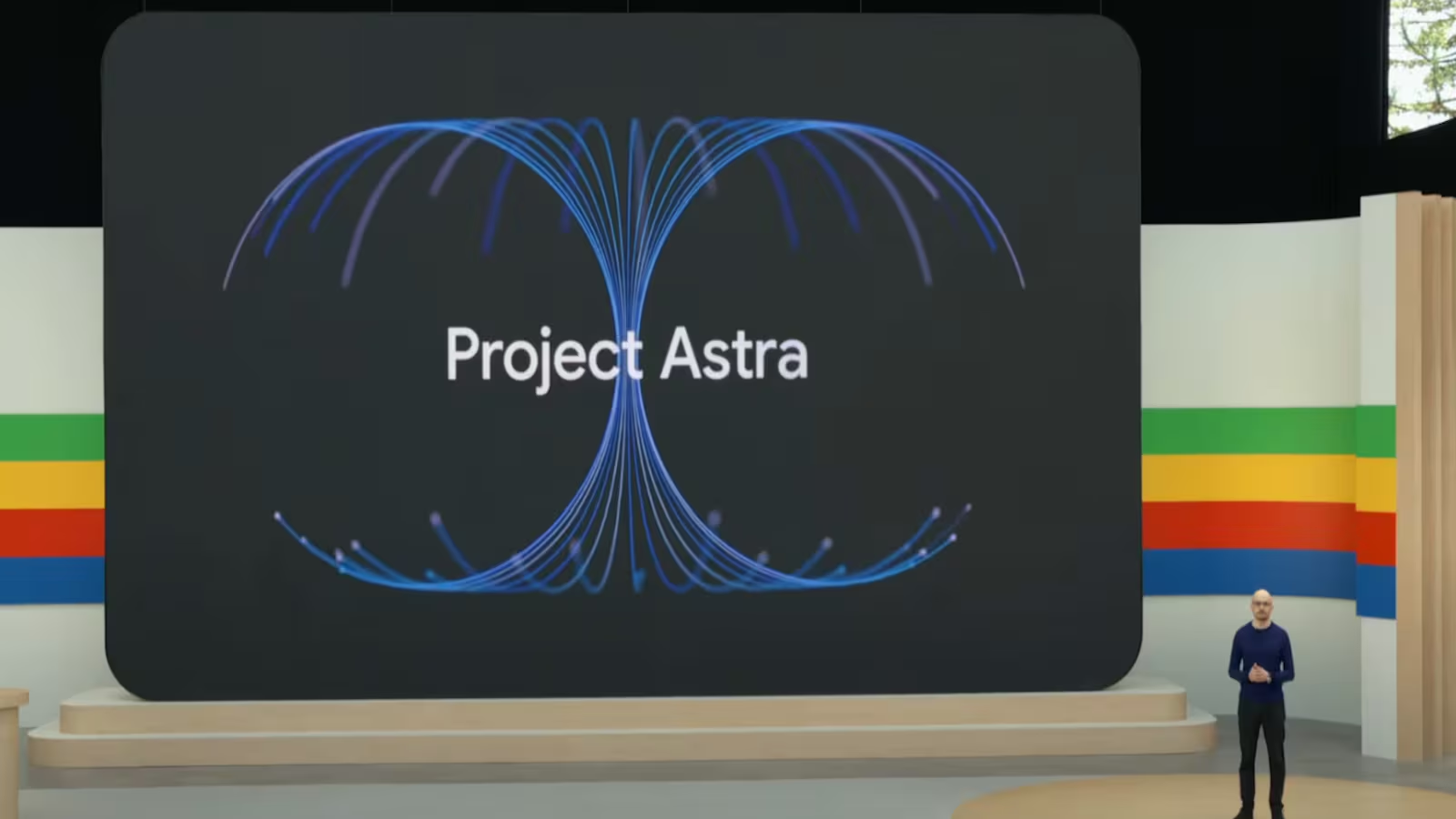Mozilla has recently taken a bold step by publicly accusing Microsoft of employing deceptive tactics to promote its Edge browser over competitors on the Windows operating system. In a detailed report titled “Over the Edge,” Mozilla sheds light on various strategies that it claims Microsoft uses to undermine browser choice and manipulate user preferences. This revelation has sparked significant discussions within the tech community about fair competition and user rights in the digital age.
Key Highlights:
- Mozilla accuses Microsoft of using “dark patterns” and misleading strategies to push Windows users towards Edge.
- The “Over the Edge” report, conducted by independent researchers, details Microsoft’s tactics to limit browser choice.
- Claims include misleading advertisements, confusing interface designs, and notifications worded like system warnings.
- Mozilla’s allegations suggest a broader issue of anti-competitive behavior in the tech industry.
Investigating Microsoft’s Tactics
The core of Mozilla’s allegations centers on Microsoft’s use of what are termed as “dark patterns” – design elements and strategies intended to steer users towards making specific choices, in this case, using the Edge browser over alternatives like Mozilla Firefox or Google Chrome. The report, authored by experts in harmful design, Harry Brignull and Cennydd Bowles, provides an in-depth analysis of these tactics, highlighting how they could prevent users from making informed decisions regarding their browser preferences.
Examples of Deceptive Practices
According to Mozilla, Microsoft employs several deceptive practices to push Edge:
- Injecting Edge Advertisements: Ads for Edge appear in strategic locations, including the Chrome download page and Bing search results for other browsers.
- Confusing Interface Design: The report criticizes the Windows 11 settings for making the default browser selection process confusing, where changes to file types and link associations do not uniformly apply, potentially misleading users.
- Misleading Notifications: Notifications that mimic system warnings are used to dissuade users from downloading alternative browsers, suggesting a potential security risk when, in fact, there is none.
Implications for the Tech Industry
This confrontation between Mozilla and Microsoft raises important questions about the ethics of user manipulation and the extent to which companies can go to promote their products. The use of dark patterns is a contentious issue, with implications for user autonomy and fair competition. Mozilla’s report not only accuses Microsoft of engaging in these practices but also calls for greater transparency and regulation to protect users and ensure a level playing field for all browser developers.
Summary
Mozilla’s “Over the Edge” report casts a critical light on Microsoft’s strategies to promote the Edge browser, accusing the tech giant of using misleading and manipulative tactics to influence user choice. This incident highlights the ongoing struggle for fair competition in the tech industry and the need for mechanisms to protect users from deceptive practices. The detailed allegations made by Mozilla invite scrutiny of Microsoft’s approach and a broader discussion on the ethics of digital design and marketing strategies.









